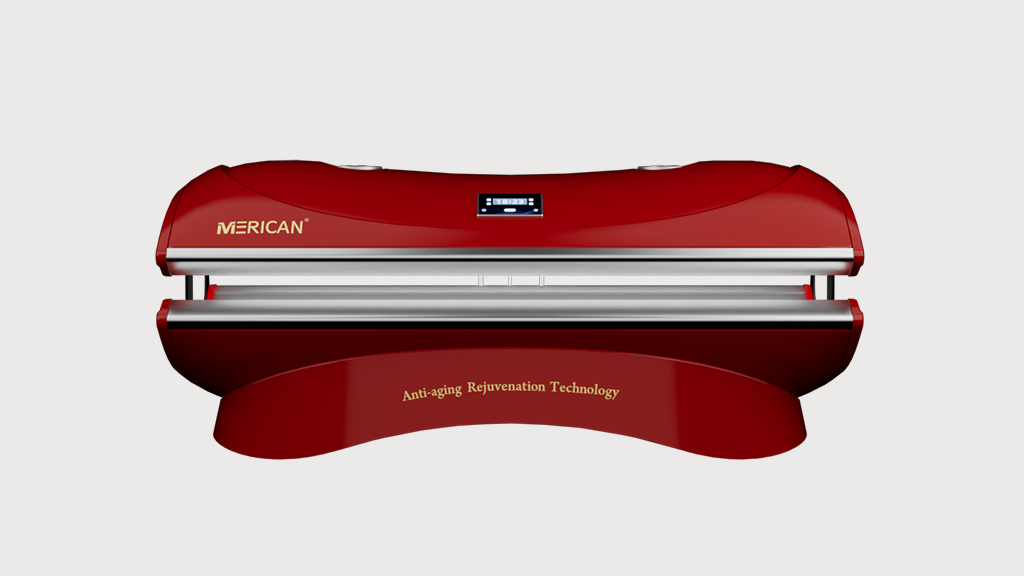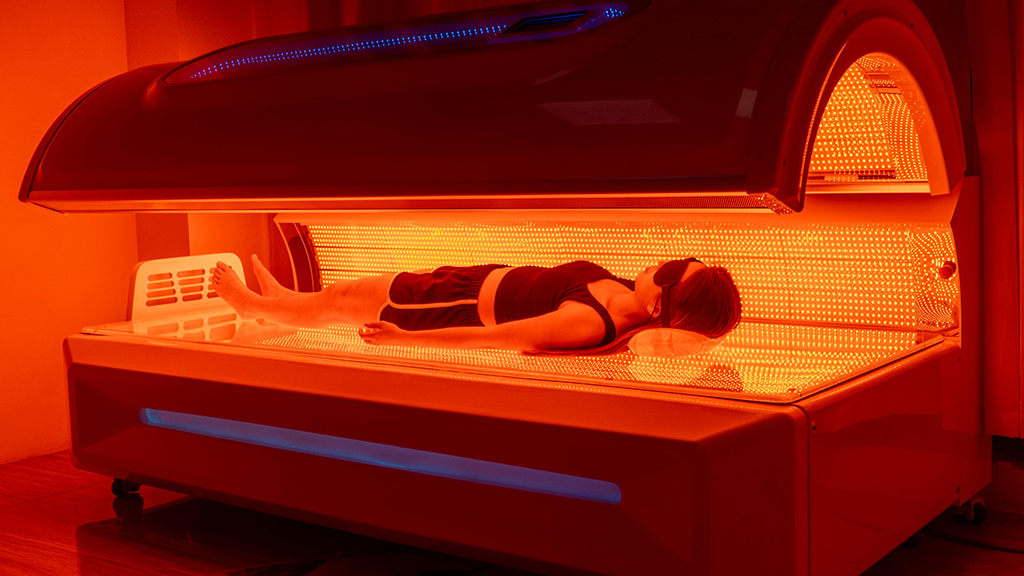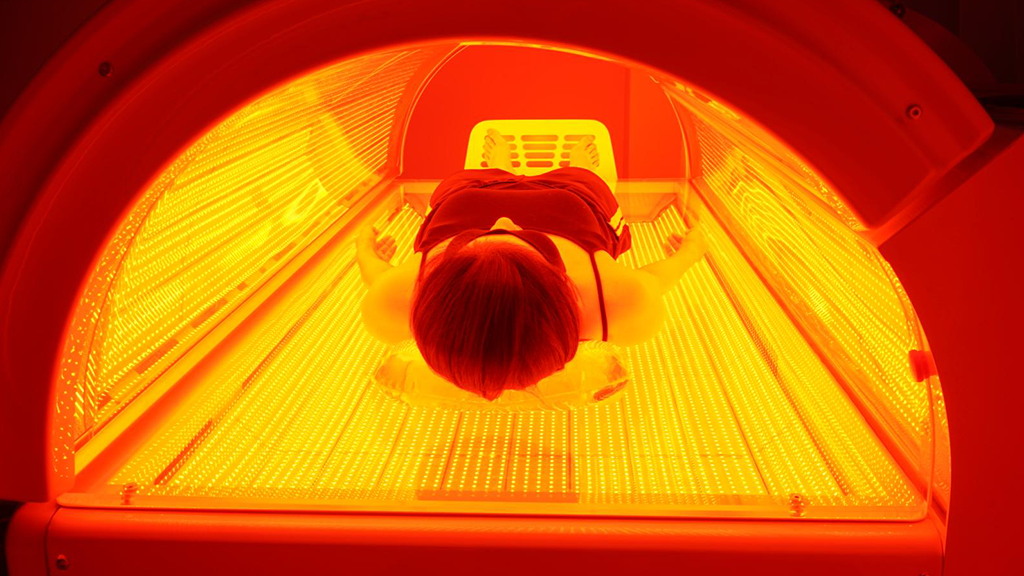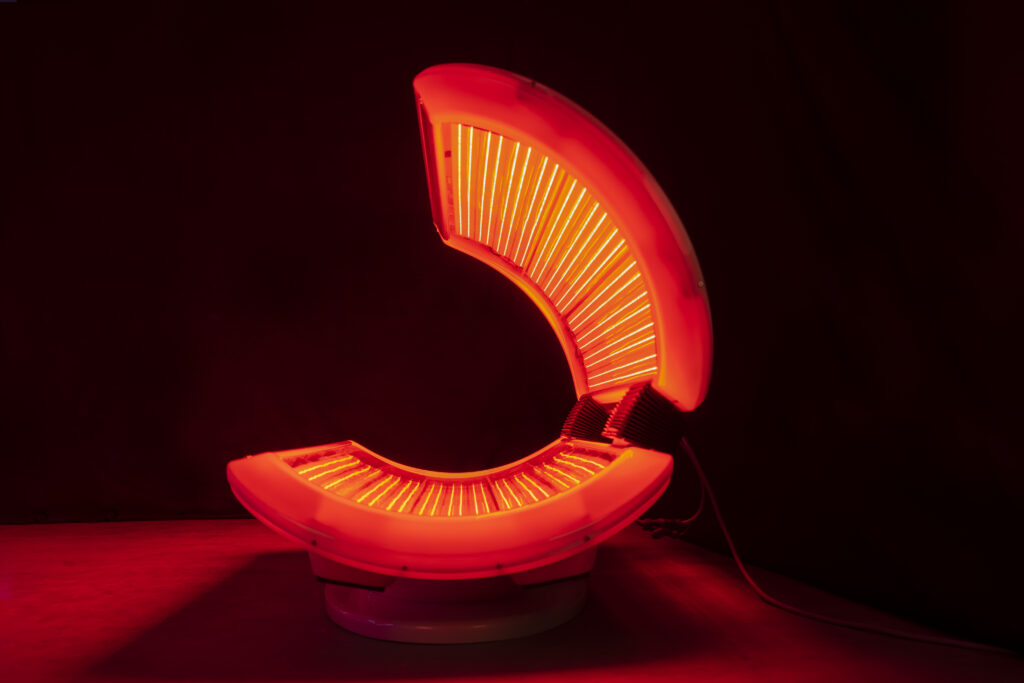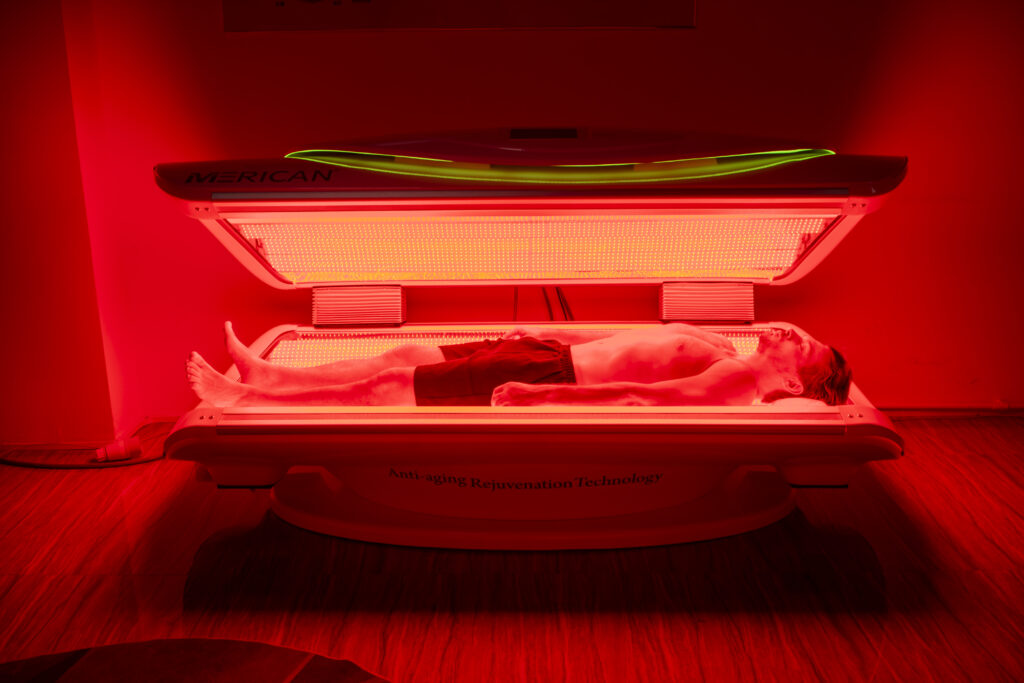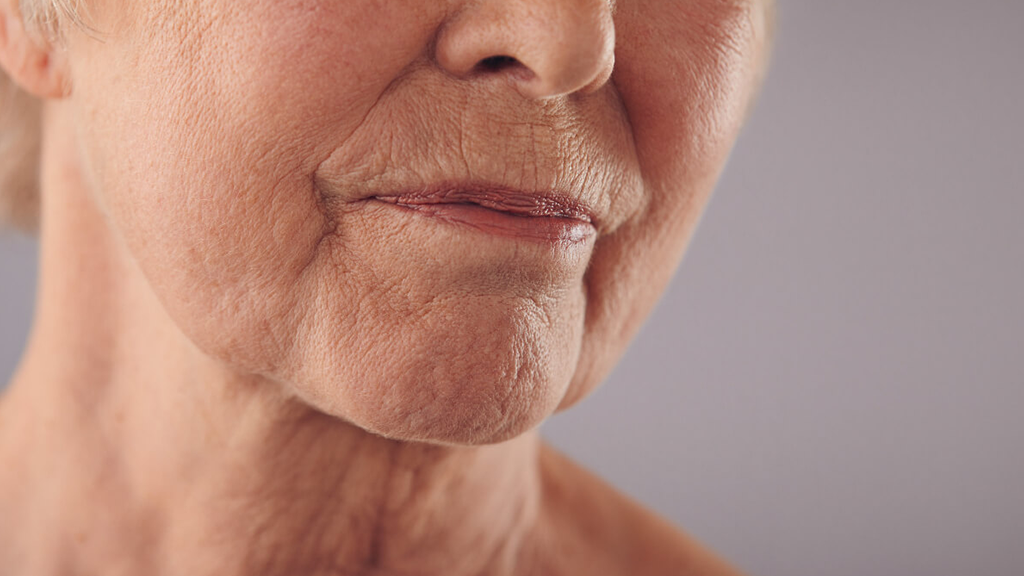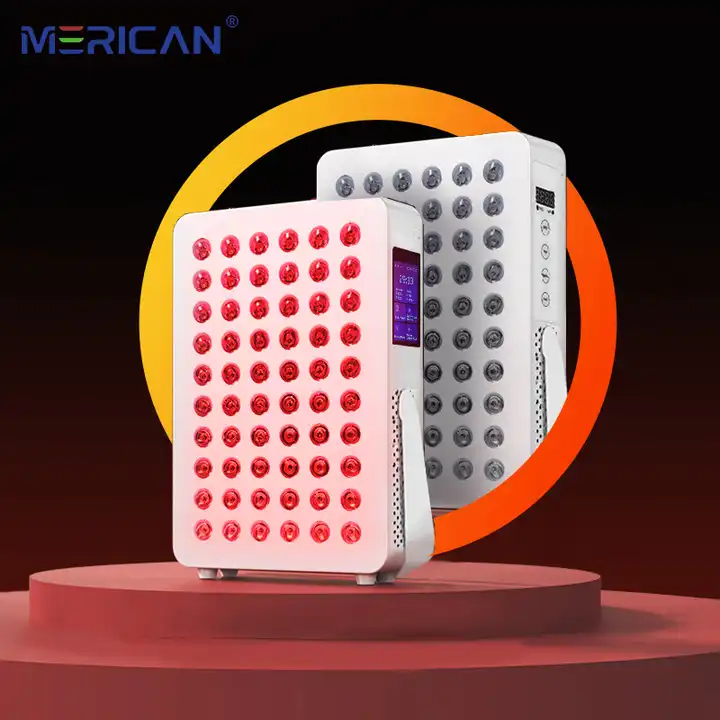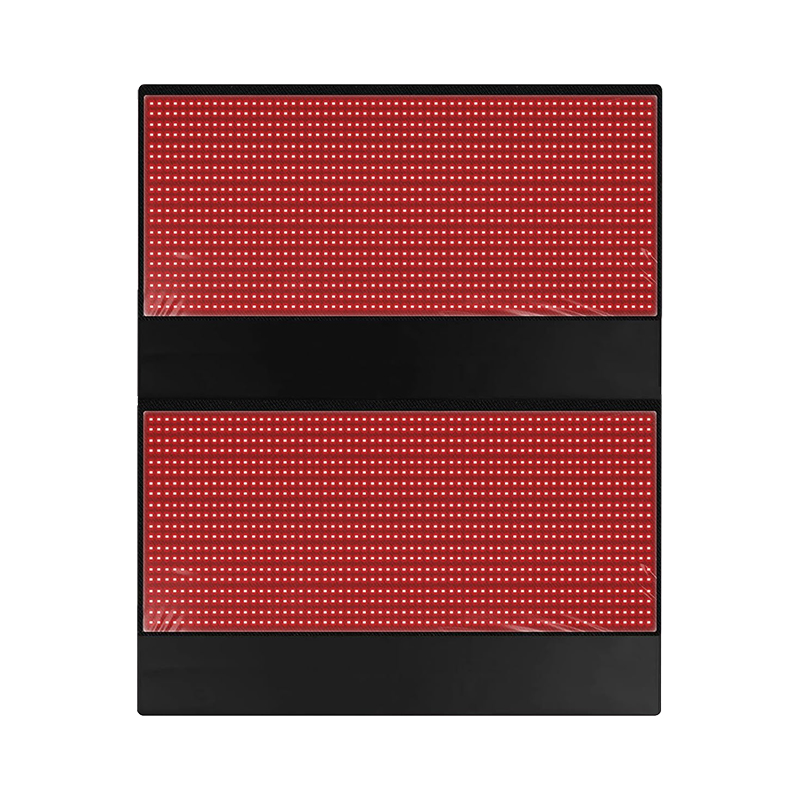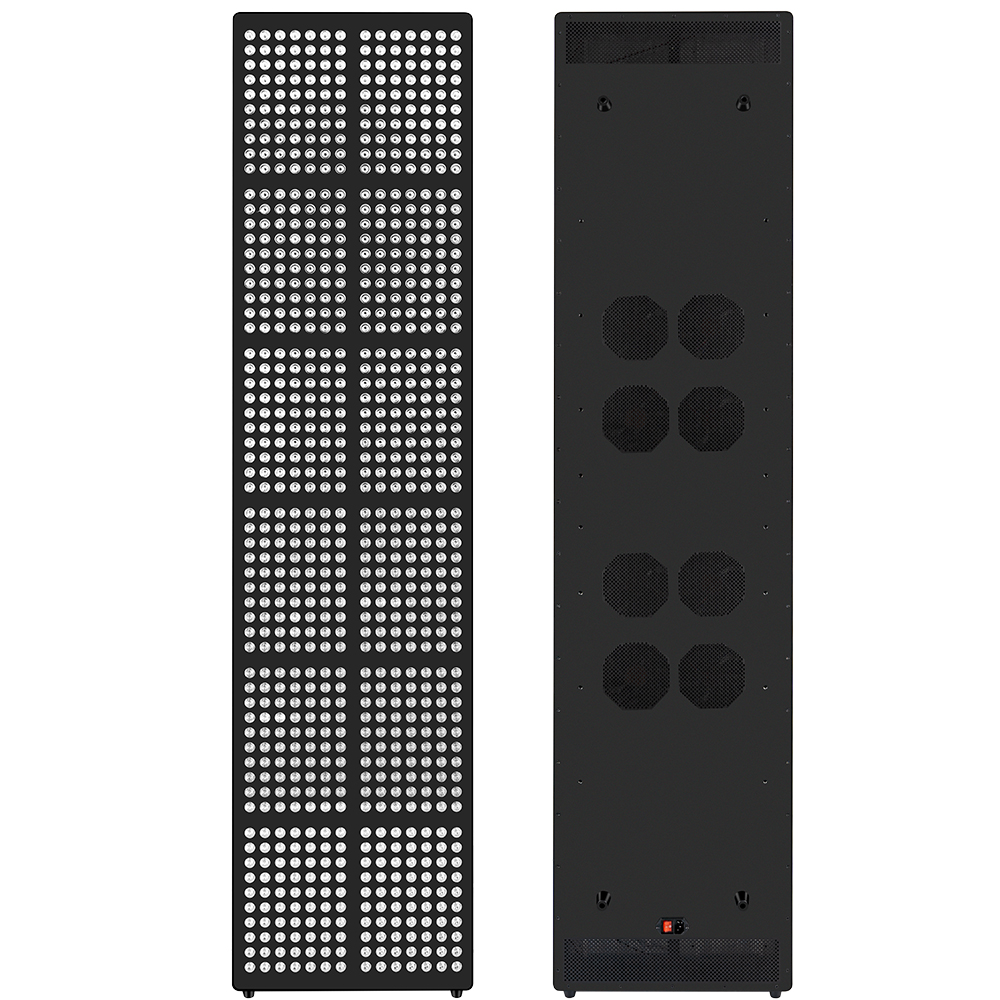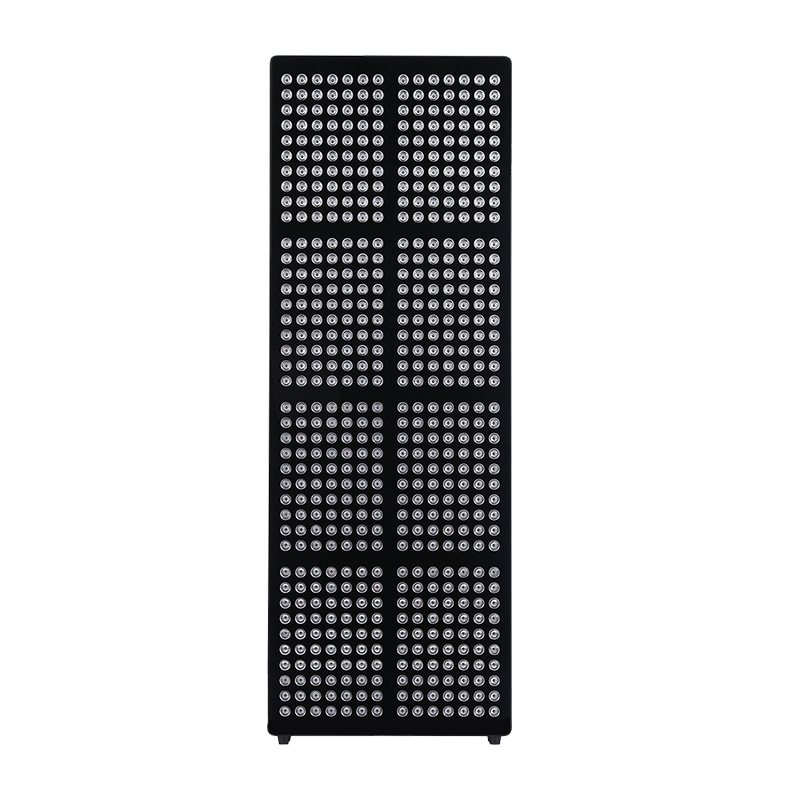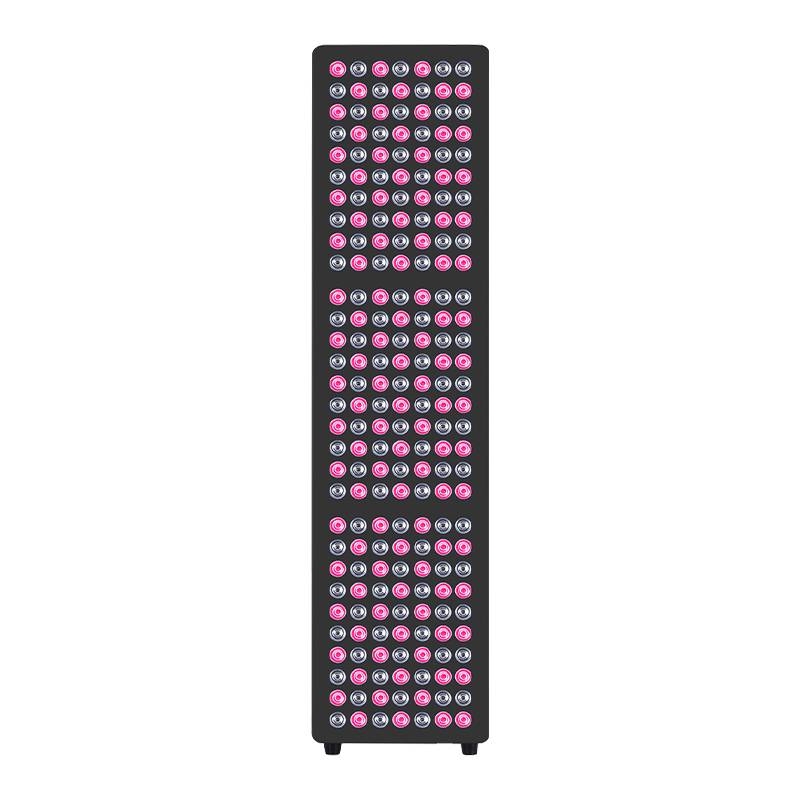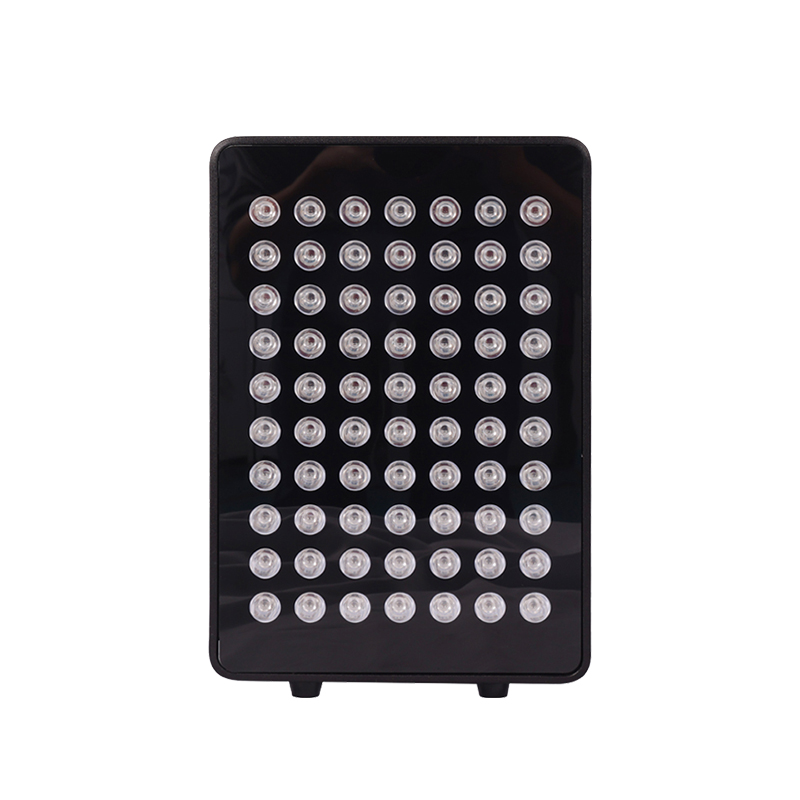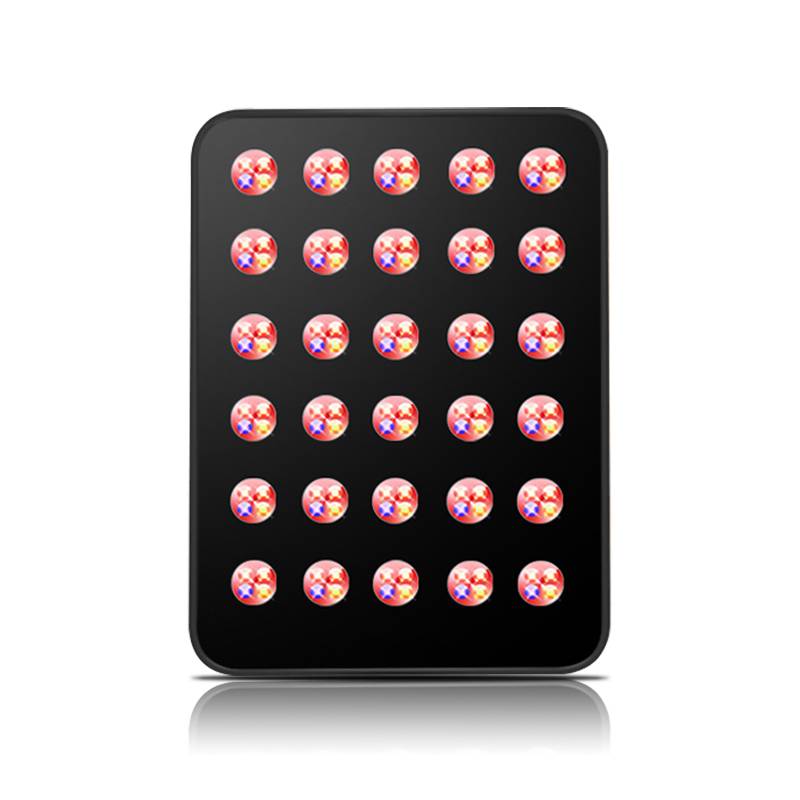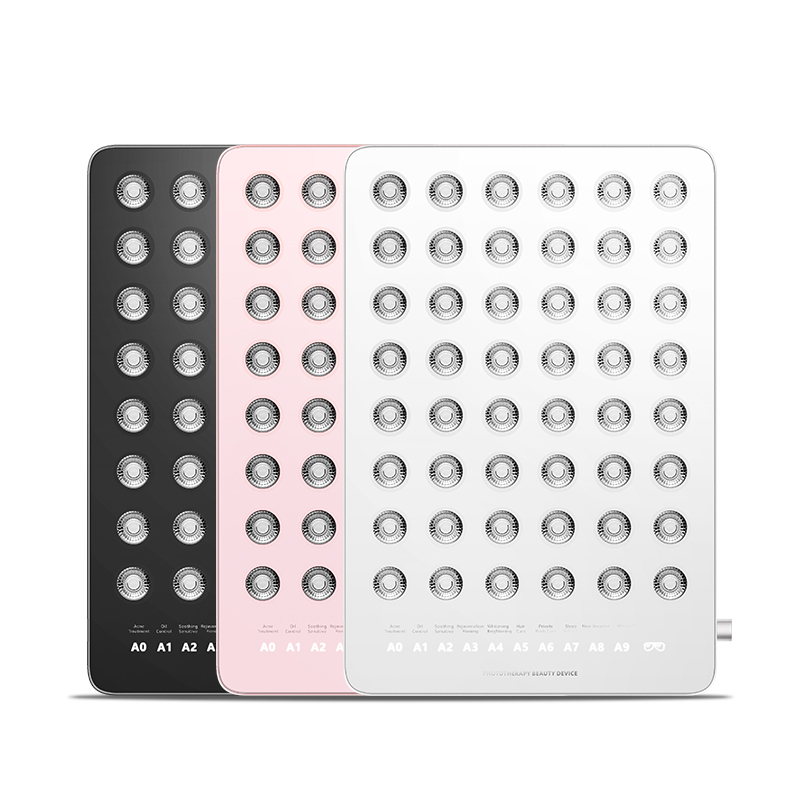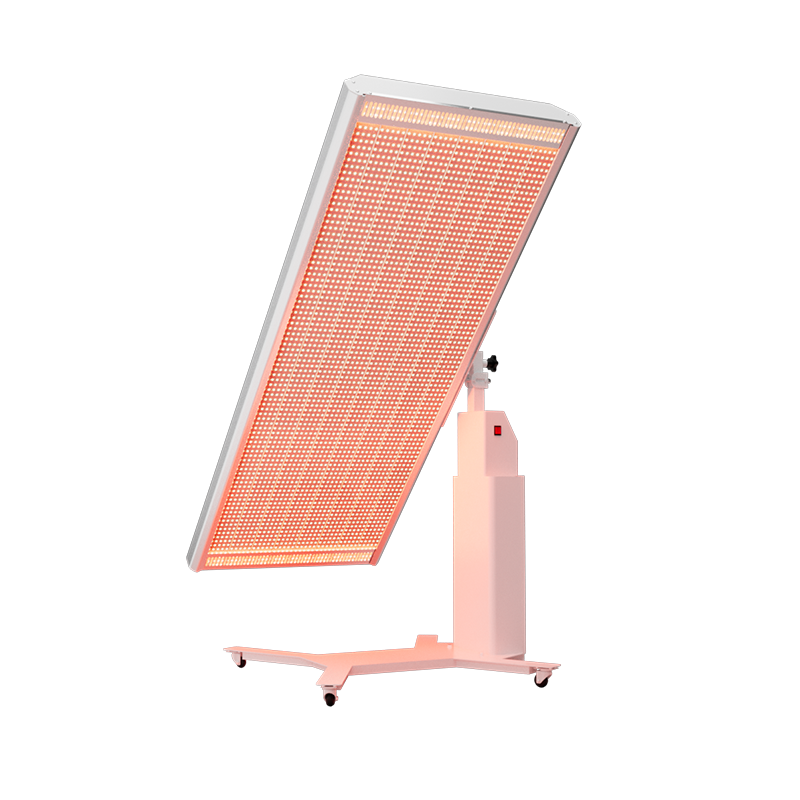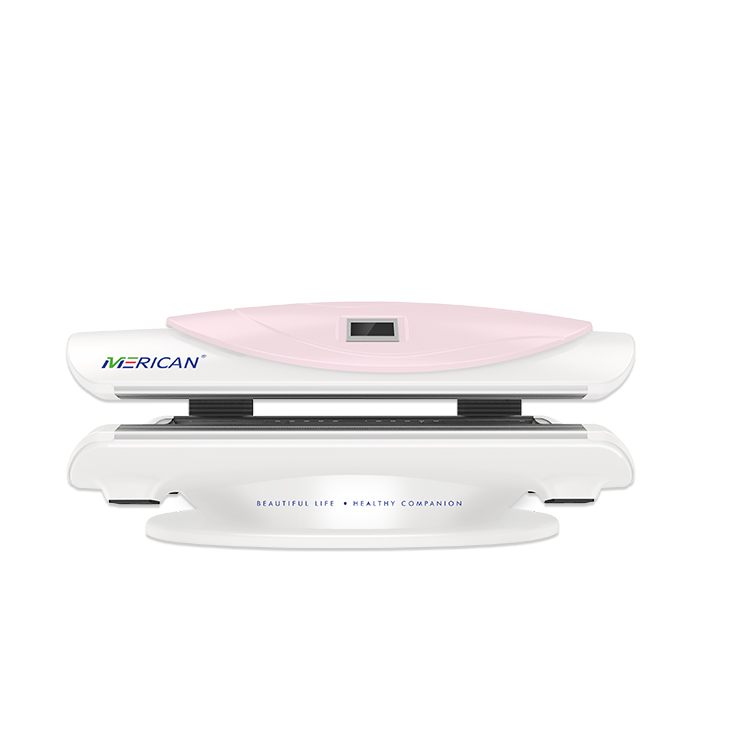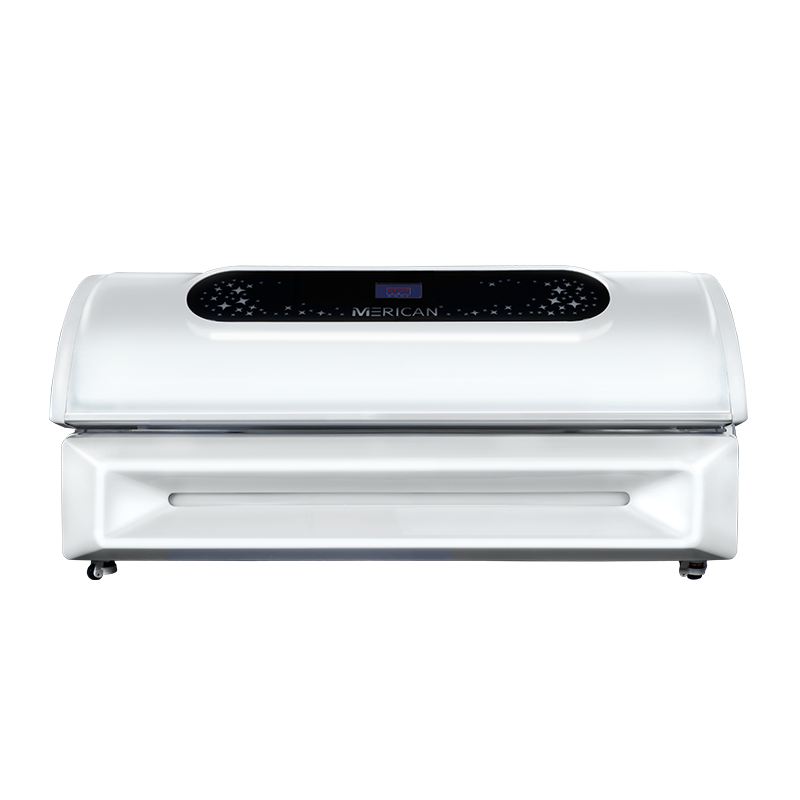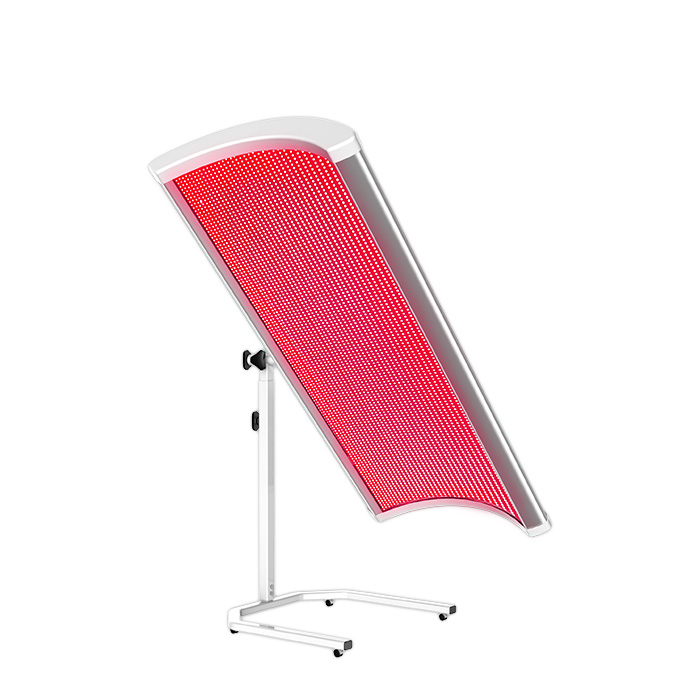Light therapy has become a popular and effective skincare treatment, offering non-invasive solutions for everything from acne to aging. Among the most widely used wavelengths are feu rouge (around 630–660nm) et lumière bleue (around 415–470nm)—each offering unique skin benefits. But can these two powerful therapies be used together? The answer is yes—and combining them can be even more effective for certain skin concerns.
Understanding Red and Blue Light Therapy
🔴 Thérapie par la lumière rouge
- Longueur d'onde: 630–660 nm
- Profondeur de pénétration: Reaches deep into the dermis
- Main Benefits:
- Stimule la production de collagène et d'élastine
- Improves blood circulation and cellular repair
- Reduces inflammation and redness
- Helps with anti-aging, guérison des plaies, and scarring
🔵 Thérapie par la lumière bleue
- Longueur d'onde: 415–470nm
- Profondeur de pénétration: Stays in the upper skin layers (epidermis)
- Main Benefits:
- Kills acne-causing bacteria (Propionibactérie acnés)
- Controls oil production
- Helps clear active breakouts and prevent future ones
Why Use Them Together?
Combining red and blue light therapy creates a dual-action approach that treats the surface of the skin while supporting deeper tissue healing:
| Skin Concern | How Red + Blue Light Helps |
|---|---|
| Acné | La lumière bleue tue les bactéries; red light reduces inflammation and heals scars |
| Oily, congested skin | Blue light reduces oil; red light balances and repairs skin |
| Sensitive or inflamed skin | Red light calms irritation; blue light reduces bacterial triggers |
| Aging with acne | Red light boosts collagen; blue light keeps pores clear |
This combination is especially beneficial for teen and adult acne sufferers who also want to combat early signs of aging or inflammation.
How to Use Red and Blue Light Therapy Together
- Dispositifs: Look for combination LED masks, handhelds, or panels that offer dual wavelengths.
- Routine:
- Les séances durent généralement 10–20 minutes, 3–5 fois par semaine.
- Some devices alternate wavelengths in cycles; others emit both simultaneously.
- Sécurité: Both red and blue light therapy are FDA-cleared and generally safe for all skin types. Always follow your device’s guidelines.
Who Should Use This Combo?
- Les gens avec acne-prone skin who also want smoother texture or anti-aging support
- Les individus avec rosacea or sensitive skin triggered by bacterial imbalance
- Anyone seeking a non-invasive skincare treatment without downtime
Réflexions finales
Red and blue light therapy can be safely and effectively used together to deliver both surface-level and deep skin benefits. Whether you’re battling breakouts, calming irritation, or looking to rejuvenate your skin, this dynamic duo offers a holistic approach to healthier, clearer, and younger-looking skin.

